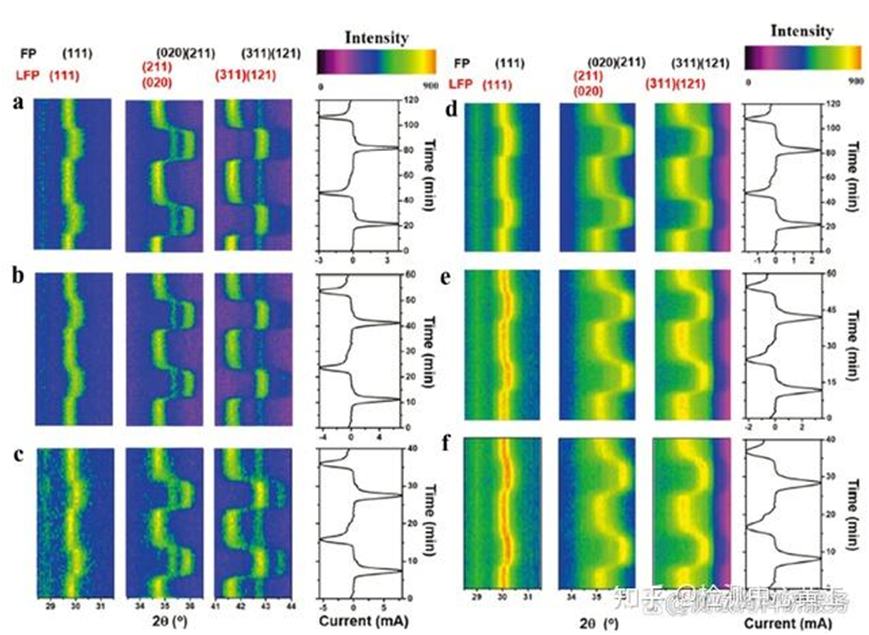
What are the advantages of synchrotron radiation in-situ XRD?
2023-08-29 10:00X-ray diffraction, through the X-ray diffractionof a material, the analysis of its diffraction pattern, to obtain the composition of the material, the structure or shape of the atoms or molecules inside the material and other research means. Due to the advantages of synchrotron radiation light source itself with high photon flux and higher collimation, more and stronger diffraction signals are often obtained, which provides more possibilities for subsequent data analysis.

Technological advantage:
1. In-situ XRD can obtain real-time structural change information in the material reaction process, which can deeply understand the reaction of the material in the charge and discharge process, and also has great guiding significance for how to improve the material; Non-in-situ XRD testing is often not a good return to the real condition, in addition, if the state of the tested material is sensitive to air, then the material must be placed in the air isolation device test to reflect the true state of the material.
2, in-situ XRD test can get a lot of comparable information in a short time, because the whole process of in-situ test is the same location of the same material test, so the obtained information (whether it is the cell parameters, peak strength, or other parameters) is relatively comparable.
However, the information obtained by non-in-situ XRD is relatively poor in comparability and requires higher operation during the test process. For example, if the electrode sheet is in a folded state after being disassembled and washed, the level of the material tested will change, the summit of the measured XRD will shift, and the corresponding cell parameters obtained by refining will also change. However, the quality and distribution of active materials in different electrode plates are inevitably different, which inevitably leads to poor comparability of peak strength under different charging and discharging states.
